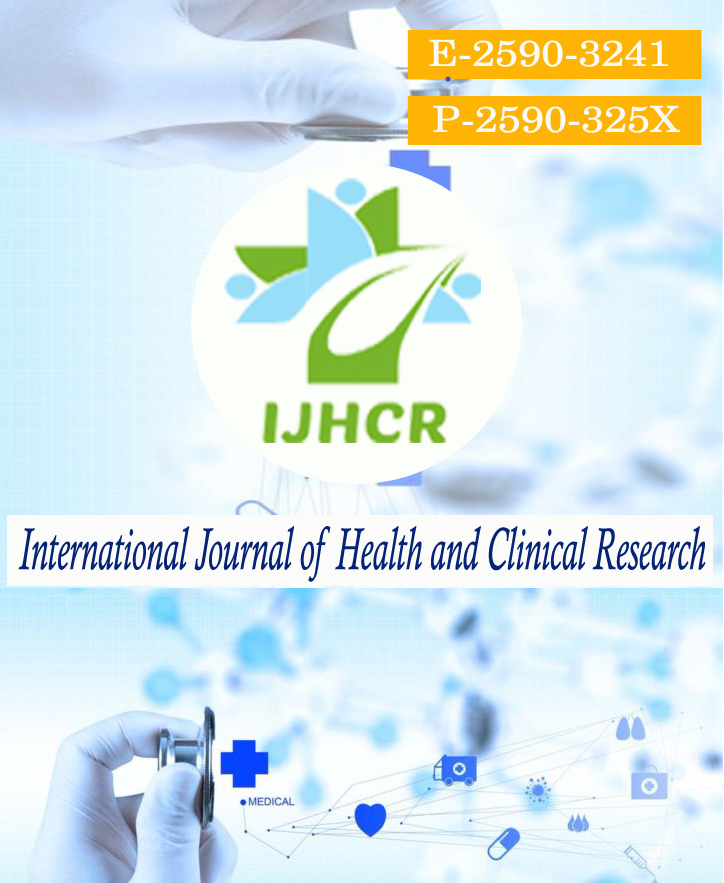Detection of Metallo Beta Lactamase Production in Gram-Negative Bacilli Isolated in A Tertiary Care Hospital of Bihar
Keywords:
Metallo Beta Lactamase, Gram-Negative Bacilli.Abstract
Introduction: This study was designed to generate updated information on the burden of metallo-beta-lactamase producing Gram negative bacteria from a tertiary care hospital of Bihar so that an effective antimicrobial stewardship policy can be formulated and implemented to circumvent the rising threat of antimicrobial resistance. Methodology: The prospective study was conducted at Jawahar Lal Nehru Medical College, Bhagalpur, Bihar from August 2020 January 2021 to assess the prevalence of metallo-beta-lactamase production. A total of 500 different clinical samples from patients of all age groups received in the microbiology laboratory for routine examination and culture, during the study period of six months were included in the study. All the sample specimens were processed by standard microbiological operating procedure for isolation and identification of microorganisms. Antibiotic susceptibility test of all the clinical isolates to antibiotics from various categories (supplier: Hi media Laboratory Limited, Mumbai, India) was performed by Kirby-Bauer disk diffusion method and interpretation of the results was made in compliance with CLSI guidelines. We considered the isolates resistant to at least three classes of first-line antimicrobial agents as the MDR strains. Result: Out of 500 samples ,15.2% of the samples showed growth. Out of these 76 growth positive samples, a little more than half, 56.5% were Gram-negative isolates with E. coli being the most prevalent. Out of the total 43 Gram negative isolates, 26 (60.5%) samples were from the outdoor patients (OPD) and the remaining samples were from the indoor (hospital admitted) patients. MBL was detected in 3 (6.9%) of the culture positive Gram-negative bacteria. Out of the 43 Gram negative bacterial isolates tested, majority of the Enterobacteriaceae members were found to be resistant to ceftazidime. Among the ceftazidime resistant Enterobacteriaceae members, the most effective antibiotics was nitrofurantoin followed by amikacin. All the ceftazidime resistant Enterobacteriaceae members were also resistant to ampicillin. Conclusion: antimicrobial resistance is a growing threat worldwide with increasing resistance to third generation cephalosporins becoming a cause of concern among Enterobacteriaceae; early detection and infection control practices are the best defense against these organisms.
Downloads
Published
How to Cite
Issue
Section
License
Copyright (c) 2022 Anjoo Anupama, Sweta Gupta, Ajay Kumar, S. N Tiwari

This work is licensed under a Creative Commons Attribution 4.0 International License.






 All articles published in International Journal of Health and Clinical Research are licensed under a
All articles published in International Journal of Health and Clinical Research are licensed under a 